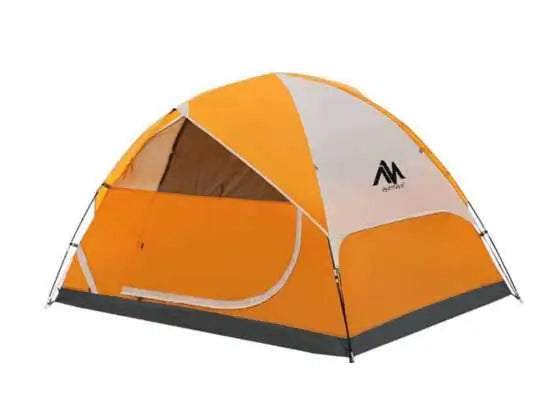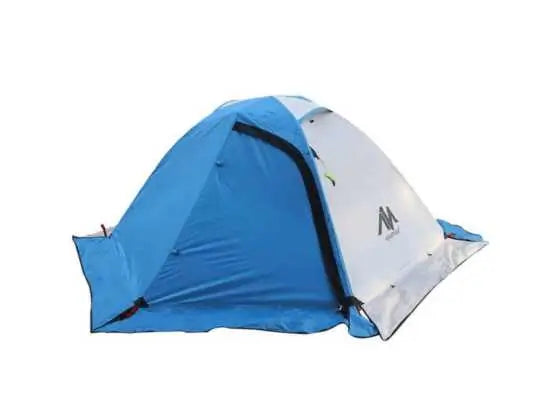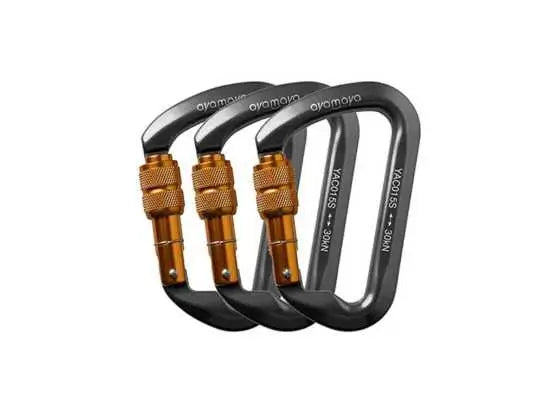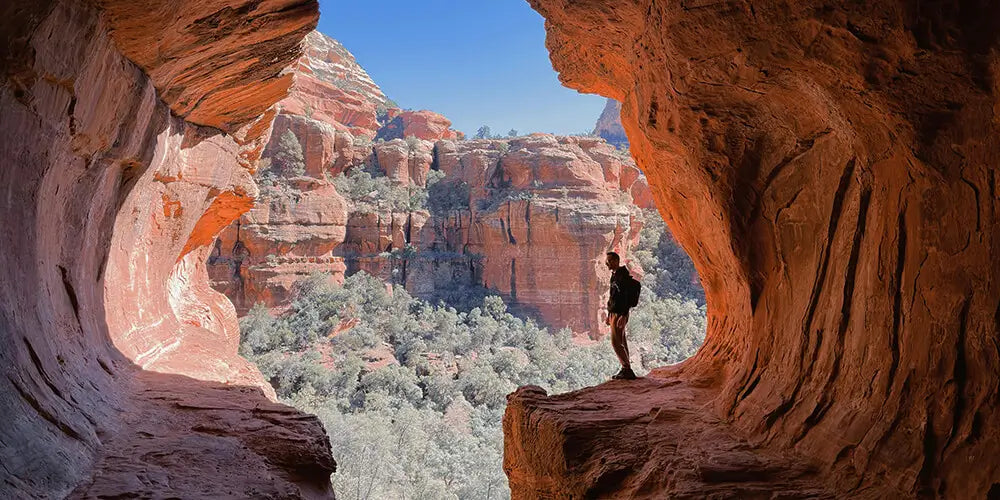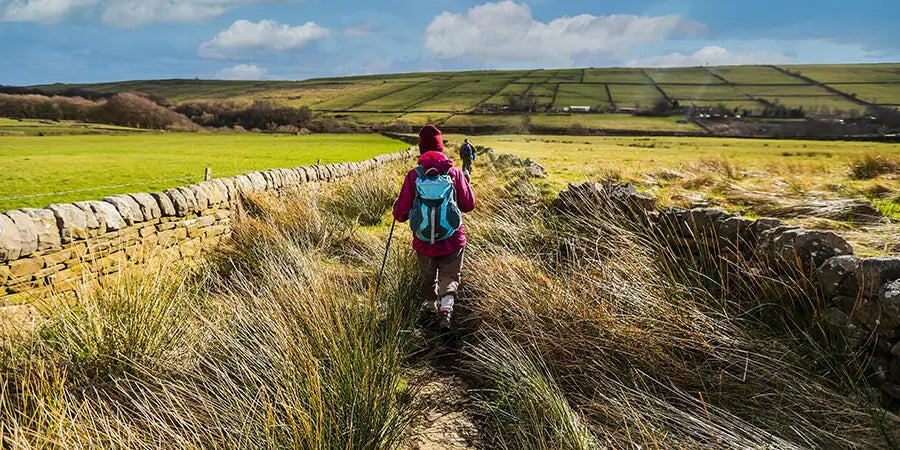Sedona, Arizona, is a premier destination for hiking enthusiasts, boasting a diverse array of trails set against the backdrop of its famed red rock formations. The optimal times for hiking in Sedona are during the spring (March to May) and fall (September to November), offering mild weather and the natural splendor of blooming flora or autumnal hues. In this guide, we present the top five hikes we recommend in Sedona, carefully selected to enhance your outdoor experience. These trails, ranging from the expansive vistas at Devil’s Bridge and Cathedral Rock to the tranquil paths of Bell Rock, West Fork, and Soldier Pass, provide a comprehensive overview of the natural beauty and geological diversity Sedona has to offer. Each trail has its unique charm and set of challenges, catering to a wide spectrum of hikers looking to explore Sedona's scenic landscapes, rich wildlife, and historical sites.

1. Devils Bridge Trail
- Distance & Difficulty: Approximately 4.2 miles round trip, moderate difficulty.
- Features: This hike leads to the largest natural sandstone arch in the Sedona area. The trail offers scenic views and a relatively accessible path, with a steep incline near the end to reach the bridge.
- Getting There: Devil’s Bridge Trail is easily accessible from Sedona. The trailhead is located off Vultee Arch Road, with parking available at the Dry Creek Vista Trailhead. During peak times, parking can be limited, so arriving early or later in the afternoon can be beneficial.
- Navigation: The trail is well-marked, but having a map or a hiking app can help keep you on track, especially if you decide to explore the many offshoot trails around Bell Rock and Courthouse Butte.
- Photography Tips: Devil’s Bridge is a popular spot for photography, especially early in the morning or late in the afternoon when the light is golden. The natural arch offers a unique frame for landscape shots, and the views from the top are breathtaking. Wide-angle lenses are recommended to capture the full grandeur of the bridge and surrounding landscapes.
- Cultural Significance: The Sedona area is rich in Native American history, and the land around Devil’s Bridge is considered sacred by many. Visitors are encouraged to respect the site, stick to designated trails, and leave no trace to preserve the area's natural and cultural integrity.
- Additional Activities: For those looking to explore more, nearby trails such as the Chuckwagon Trail or the Long Canyon Trail offer further hiking opportunities and different perspectives of the Sedona landscape.

2. Cathedral Rock Trail
- Distance & Difficulty: About 1.2 miles round trip, moderate to challenging.
- Features: One of the most iconic hikes in Sedona, offering breathtaking views from the top. The climb is steep and requires some scrambling, but the panoramic views at the summit are well worth the effort.
- Getting There:The trailhead for Cathedral Rock Trail is located off Back O' Beyond Road. Parking is available but can fill up quickly, especially on weekends and holidays, so consider arriving early. There is a parking fee, so come prepared with cash or a credit card.
- Photography Tips: The views from Cathedral Rock are spectacular, especially during sunrise and sunset when the rock formations glow with vibrant colors. A good zoom lens can capture the intricate details of the rock formations, while a wide-angle lens will allow you to capture the vastness of the landscape.
- Local Flora and Fauna: The trail is surrounded by typical Sedona red rock formations, dotted with cacti, yucca plants, and during the spring, vibrant wildflowers. Keep an eye out for wildlife such as lizards, snakes, and birds, including the majestic peregrine falcon.
- Cultural Significance: Cathedral Rock is not only a natural landmark but also a spiritual one. Many consider it a vortex site, a center of energy that is conducive to healing, meditation, and self-exploration. Visitors are encouraged to respect the tranquility of the area and the spiritual experiences of others.
- Additional Activities: Near Cathedral Rock, there are other trails and points of interest worth exploring, such as the nearby Red Rock Crossing, which offers excellent views of Cathedral Rock reflected in Oak Creek, making for a perfect photo opportunity or a serene picnic spot.

3. Bell Rock Pathway
- Distance & Difficulty: Varies, up to 3.6 miles round trip, easy to moderate.
- Features: This trail offers excellent views of Bell Rock and Courthouse Butte. It’s popular for its relatively easy terrain and the opportunity to climb closer to Bell Rock for those seeking a bit more adventure.
- Getting There: Bell Rock Pathway is easily accessible with multiple access points, the main one being the Bell Rock Vista and Pathway Parking Lot. Due to its popularity, parking can be competitive, especially on weekends, so consider arriving early or visiting during the week.
- Best Time to Visit: Early morning or late afternoon is ideal for hiking the Bell Rock Pathway to avoid the heat of midday and to enjoy the sunrise or sunset illuminating the rock formations. The trail is enjoyable year-round, but spring and fall offer the most comfortable weather conditions.
- Photography Tips: Bell Rock and Courthouse Butte are impressive at any time of day, but golden hour brings out the rich reds and shadows, providing excellent photography conditions. The pathway allows for various angles and compositions, so take your time to explore different viewpoints.
- Cultural Significance: Like many of Sedona’s red rock formations, Bell Rock is believed to be a vortex site, offering energy conducive to meditation and healing. The area is also rich in Native American history and folklore, adding a layer of mystique to your hike.
- Additional Activities: For those looking for a longer hike, the Bell Rock Pathway connects to other trails in the area, allowing for extended exploration of the Sedona landscape. Mountain biking is also popular on this trail, offering a different way to experience the scenic views.

4. West Fork Trail
- Distance & Difficulty:Up to 7 miles round trip, easy to moderate.
- Features: A picturesque trail that follows a stream through a canyon, with opportunities to see lush vegetation and birdlife. The trail has multiple stream crossings and offers a cool, shaded hike, which is particularly enjoyable in the warmer months.
- Getting There: West Fork Trail is located off Highway 89A, north of Sedona, in Oak Creek Canyon. The trailhead has a dedicated parking lot, which can fill up quickly due to the trail's popularity, especially during peak seasons. Arriving early in the morning is recommended to secure parking and enjoy a quieter experience on the trail.
- Best Time to Visit: The trail is beautiful year-round but is particularly delightful in the fall when the leaves of the canyon’s deciduous trees change color, creating a spectacular display. Summer offers a cool respite from the desert heat, thanks to the shade and water along the trail.
- Photography Tips: The lush greenery, flowing stream, and towering canyon walls provide a unique landscape in Sedona, perfect for photography. The best light is often in the morning or late afternoon when the sun filters through the trees, creating a soft, diffused light.
- Cultural Significance: The area around West Fork Trail is steeped in history, with ancient Native American ruins and relics found throughout Oak Creek Canyon. The trail itself has been a pathway for various peoples over centuries, adding a deep historical context to your hike.
- Additional Activities: For a more extended adventure, experienced hikers can continue past the maintained trail end, following the creek upstream. This route is more challenging and requires wading and scrambling over rocks, offering a rugged, less-traveled path through the canyon.

5. Soldier Pass Trail
- Distance & Difficulty: Around 4.5 miles round trip, moderate difficulty.
- Features: This trail is known for its variety, including the Seven Sacred Pools Devil’s Kitchen sinkhole, and impressive red rock formations. It provides a good mix of natural attractions and moderate hiking challenges.
- Getting There: Soldier Pass Trail is accessed from the Soldier Pass Trailhead located off Soldier Pass Road. The parking area is small and fills up quickly, so it's advisable to arrive early, especially during weekends and holidays. Alternatively, consider using a local shuttle service or biking to the trailhead.
- Photography Tips: The diverse landscape offers numerous photographic opportunities, from the unique formations of the Seven Sacred Pools to the dramatic depths of Devil’s Kitchen sinkhole. Early morning light provides soft illumination and longer shadows, enhancing the textures and colors of the red rock formations.
- Local Flora and Fauna: The trail area supports a range of desert plant life, including juniper, scrub oak, and agave. Wildlife sightings might include lizards, snakes, and a variety of birds such as the red-tailed hawk and the American kestrel.
- Cultural Significance: The area is rich in history, with Soldier Pass being part of a network of trails used by Native Americans and early settlers. The trail's landmarks, like the Seven Sacred Pools, hold spiritual significance and are a testament to the area's natural history and indigenous heritage.
- Additional Activities: The trail offers several offshoots and connections to other trails for those looking to extend their hike. One can explore further into the Red Rock-Secret Mountain Wilderness or connect to the Brins Mesa Trail for expansive views of the Sedona area.
Preparation Tips:
- Water: Carry at least 2 liters of water per person, as the trail offers little shade, and the Arizona sun can be intense.
- Footwear: Hiking boots or shoes with good ankle support and grip are recommended due to the uneven and rocky terrain.
- Trekking Poles:For additional stability and support on Sedona’s varied terrain, consider using trekking poles, especially on trails with steep inclines or loose surfaces. They can help reduce the impact on knees and improve balance.
- Trail Etiquette: Be mindful of others and the environment. Stay on designated paths to protect the fragile desert ecosystem and leave no trace of your visit.

Final Thoughts: Sedona's trails offer a unique blend of natural beauty, cultural richness, and outdoor adventure, making it a top destination for hikers worldwide. Regardless of which spots you choose, Sedona's trails promise unforgettable experiences. Remember to respect the environment, stay hydrated, and wear appropriate footwear as you embark on these top hikes in Sedona, where every path leads to discovery and every vista tells a story. Enjoy the journey through Sedona's stunning landscapes and return home with memories to last a lifetime.

